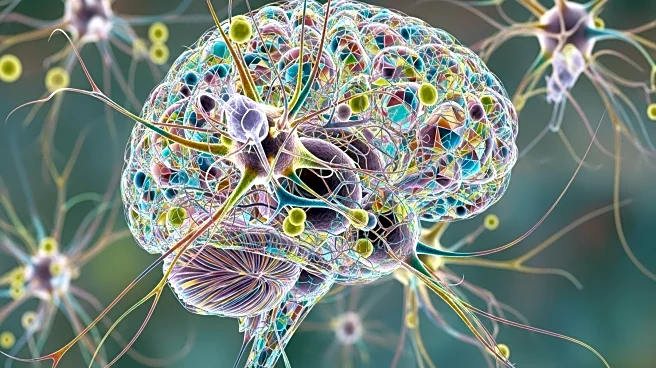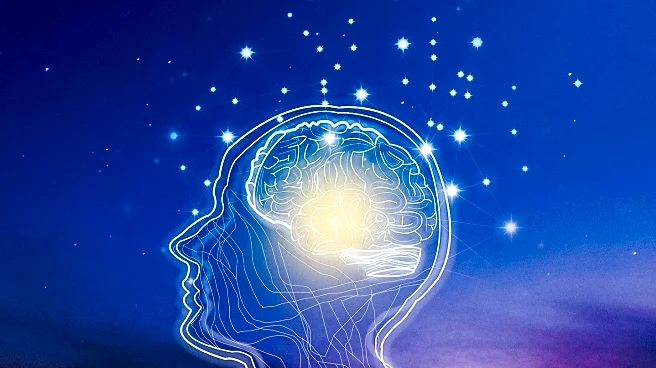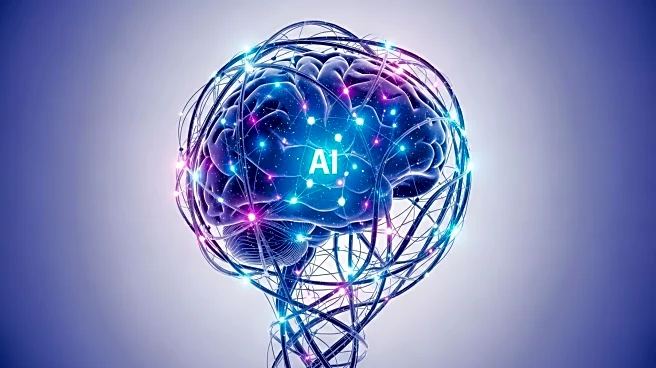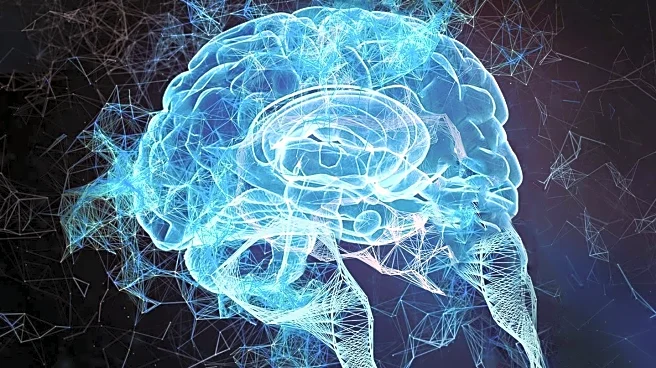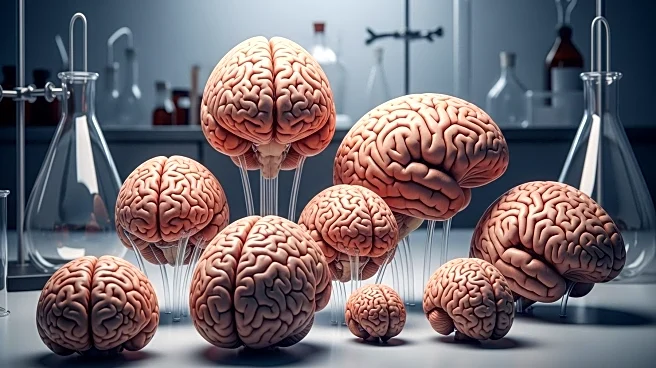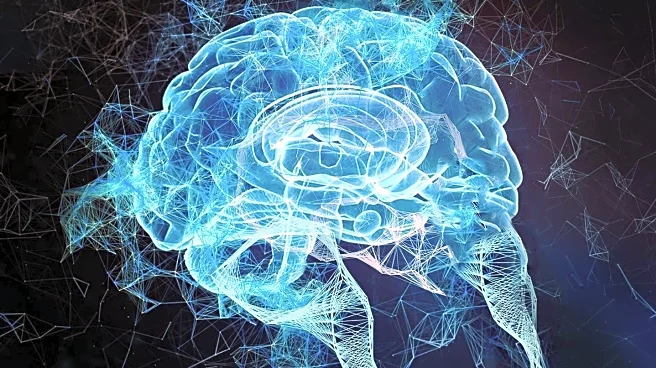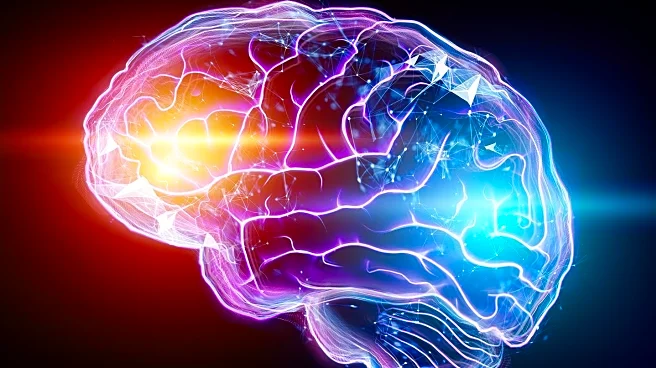What is the story about?
What's Happening?
A new collection by Nature focuses on the role of glial cells in neurological disorders, inviting original research articles that explore their molecular, cellular, or systems-level functions. The collection aims to advance understanding of glial cells' involvement in conditions such as dementias and neuropsychiatric disorders. Key contributors include Dr. John W. Chen from Harvard Medical School, Dr. Silvia Di Angelantonio from Sapienza Università di Roma, Dr. Maheedhar Kodali from Texas A&M University, and Dr. Tyler Wenzel from the University of Saskatchewan. These experts bring diverse research backgrounds, from molecular imaging to neuroinflammation, to the editorial board of this collection.
Why It's Important?
The focus on glial cells is significant as they play crucial roles in brain function, including neural signaling and immune response. Understanding their role in neurological disorders could lead to the development of new therapeutic strategies and improve existing treatments. This research could benefit patients with a range of conditions, potentially leading to breakthroughs in how these diseases are managed and treated. The involvement of leading researchers from prestigious institutions underscores the importance of this initiative in the scientific community.
What's Next?
The collection is open for submissions, encouraging researchers to contribute studies that could lead to new insights and therapeutic approaches. As the research progresses, it may influence future clinical practices and drug development, potentially impacting how neurological disorders are treated globally. The collaboration among international experts suggests a comprehensive approach to tackling these complex diseases.
Beyond the Headlines
The initiative highlights the growing recognition of glial cells' importance beyond their traditional supportive roles in the brain. This shift in focus could lead to a paradigm change in neuroscience, emphasizing the need for a deeper understanding of cellular interactions in brain health and disease. The collection may also inspire further interdisciplinary research, combining fields like genetics, biophysics, and pharmacology.
AI Generated Content
Do you find this article useful?
